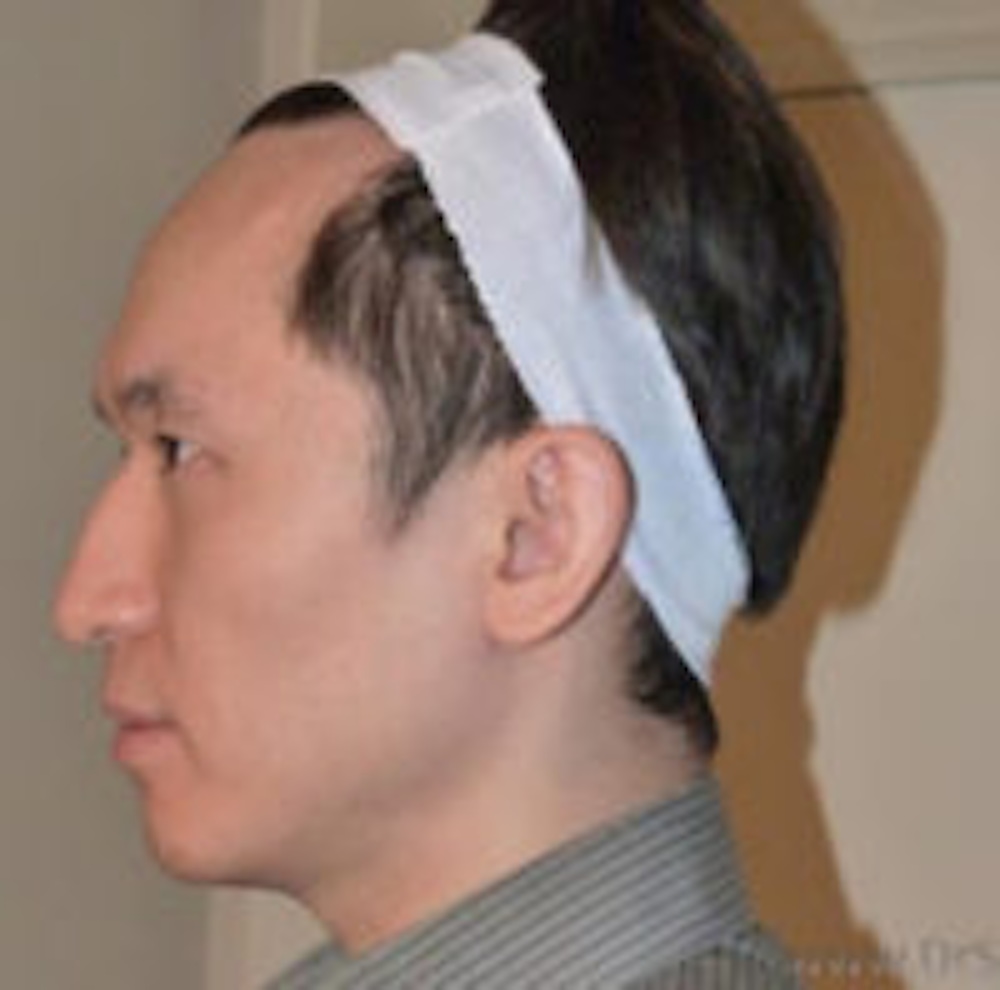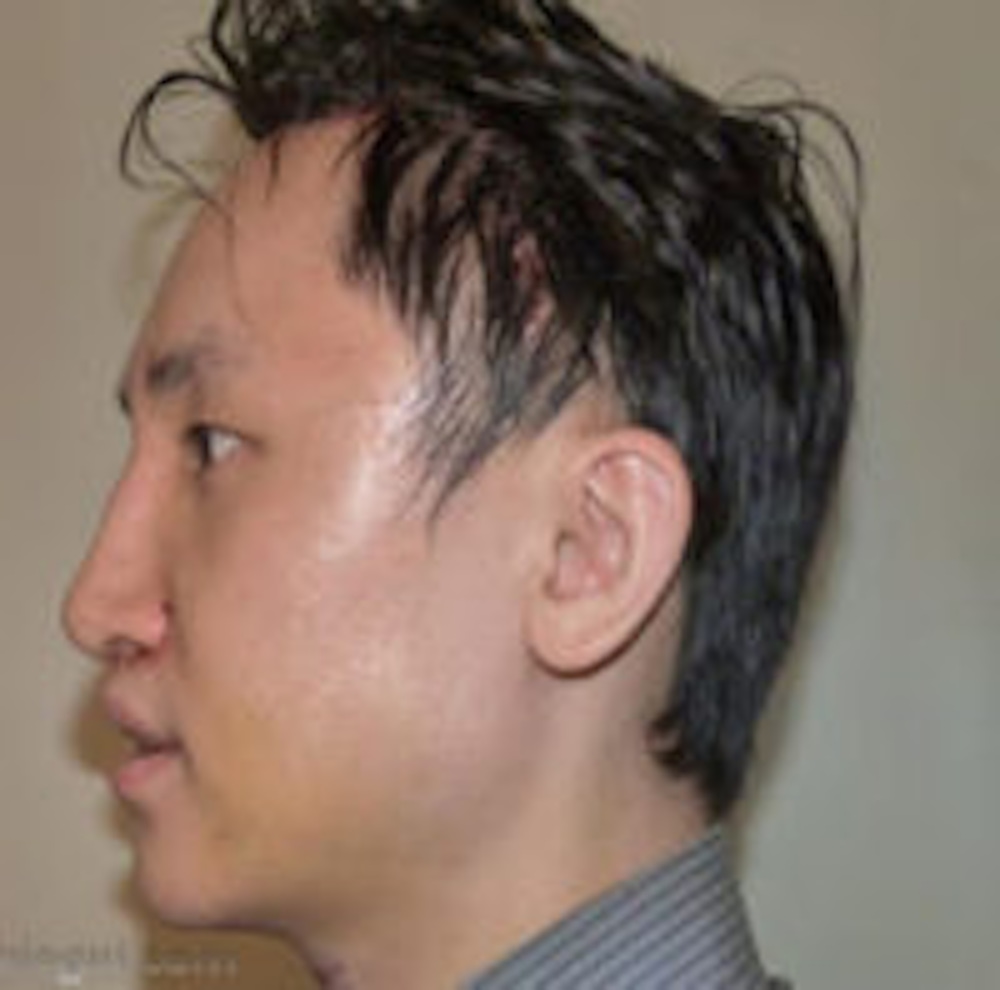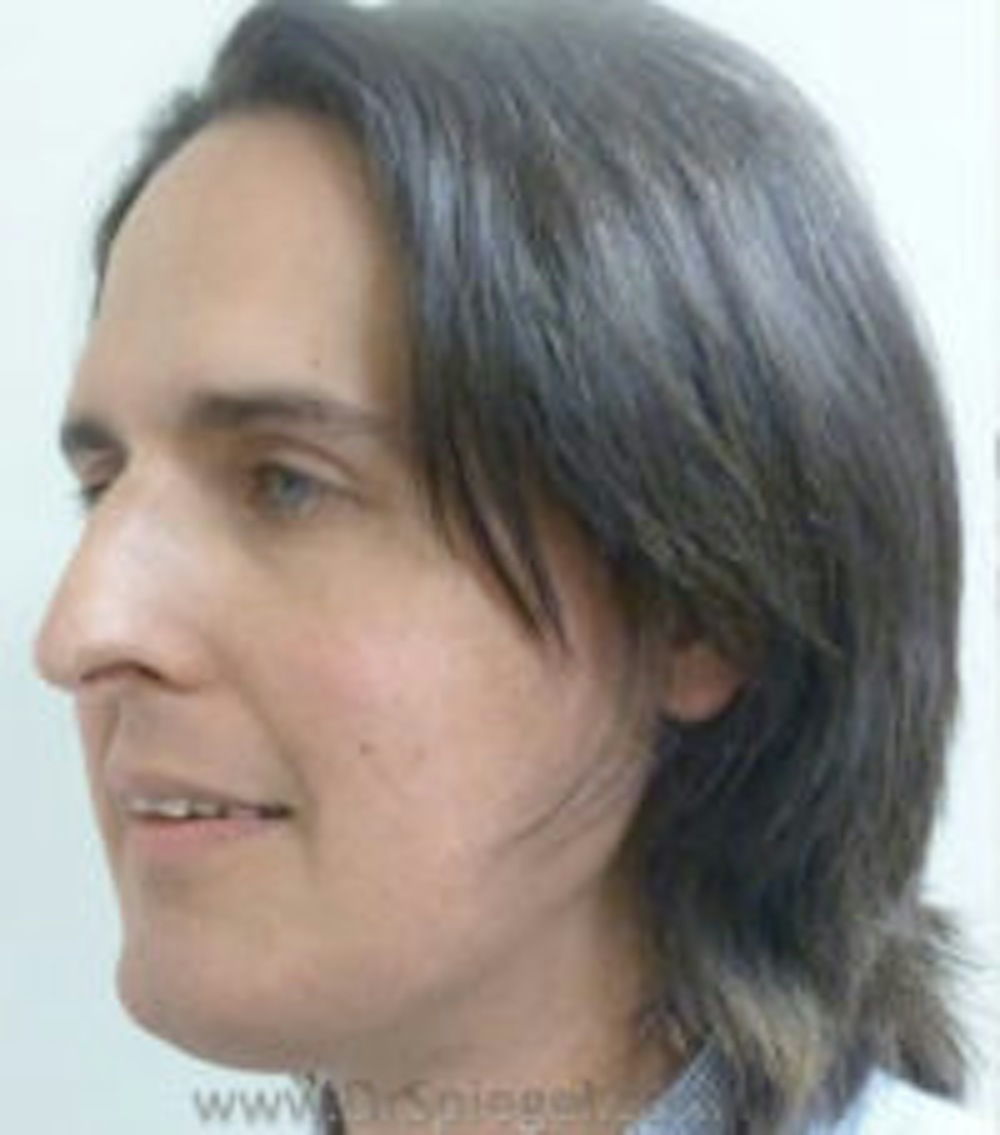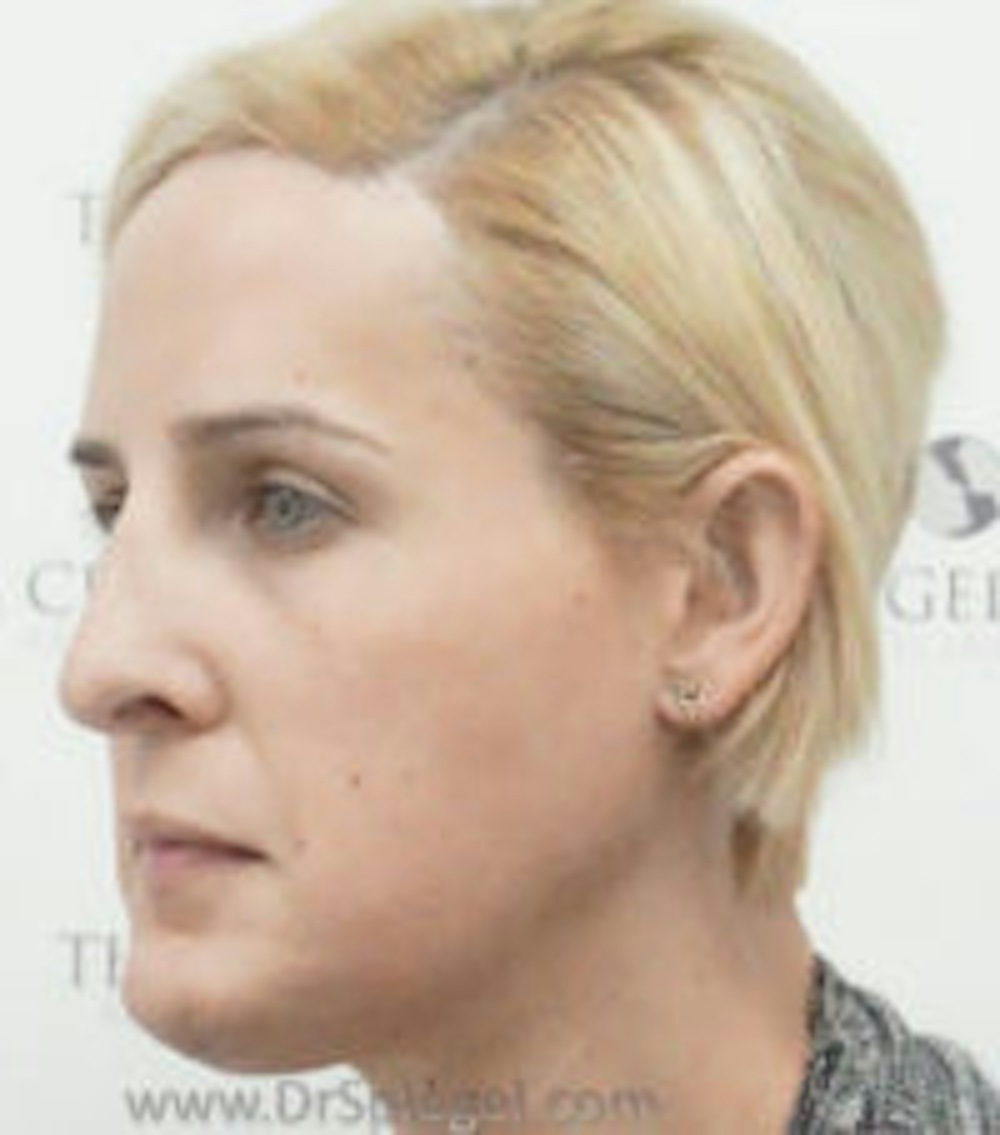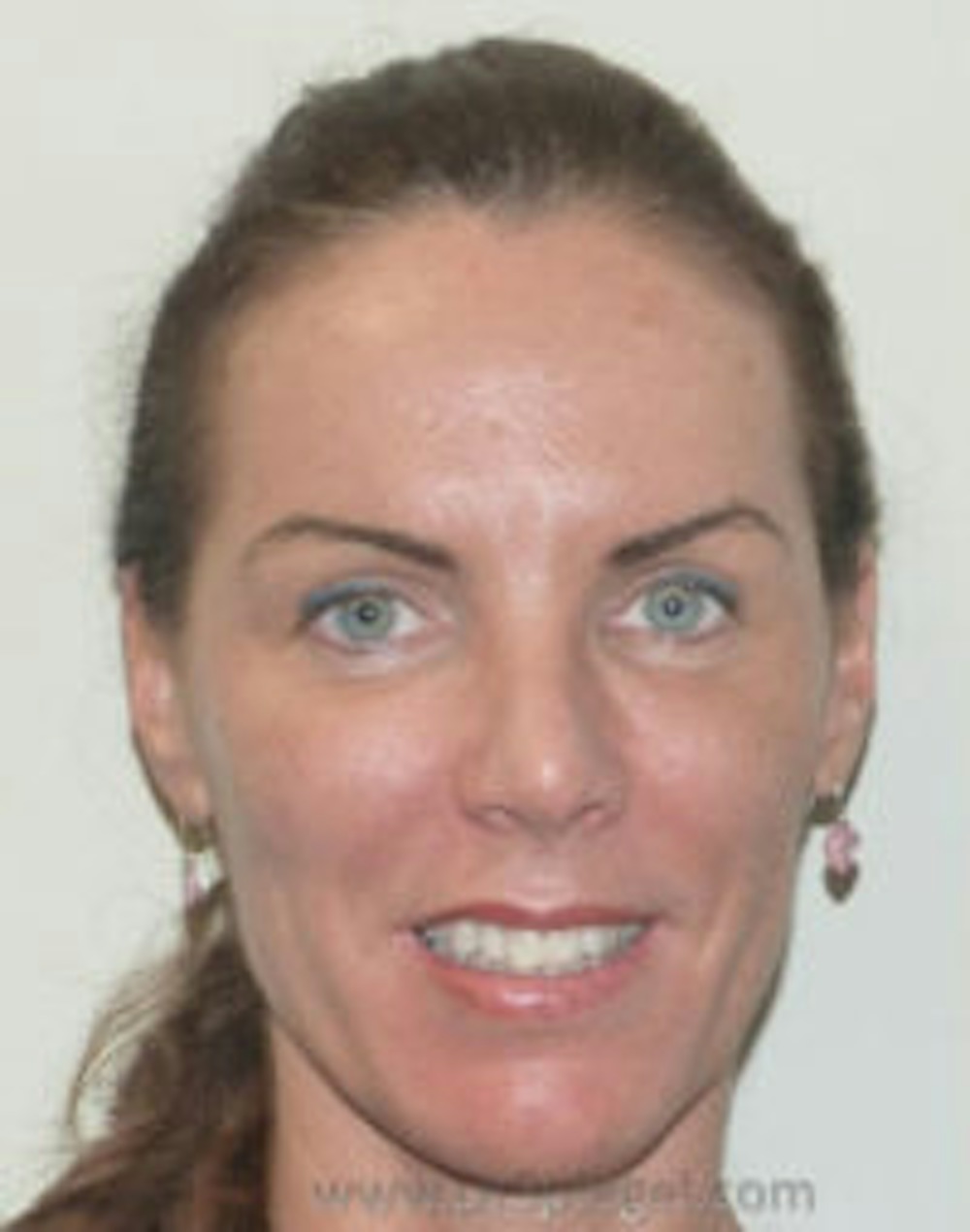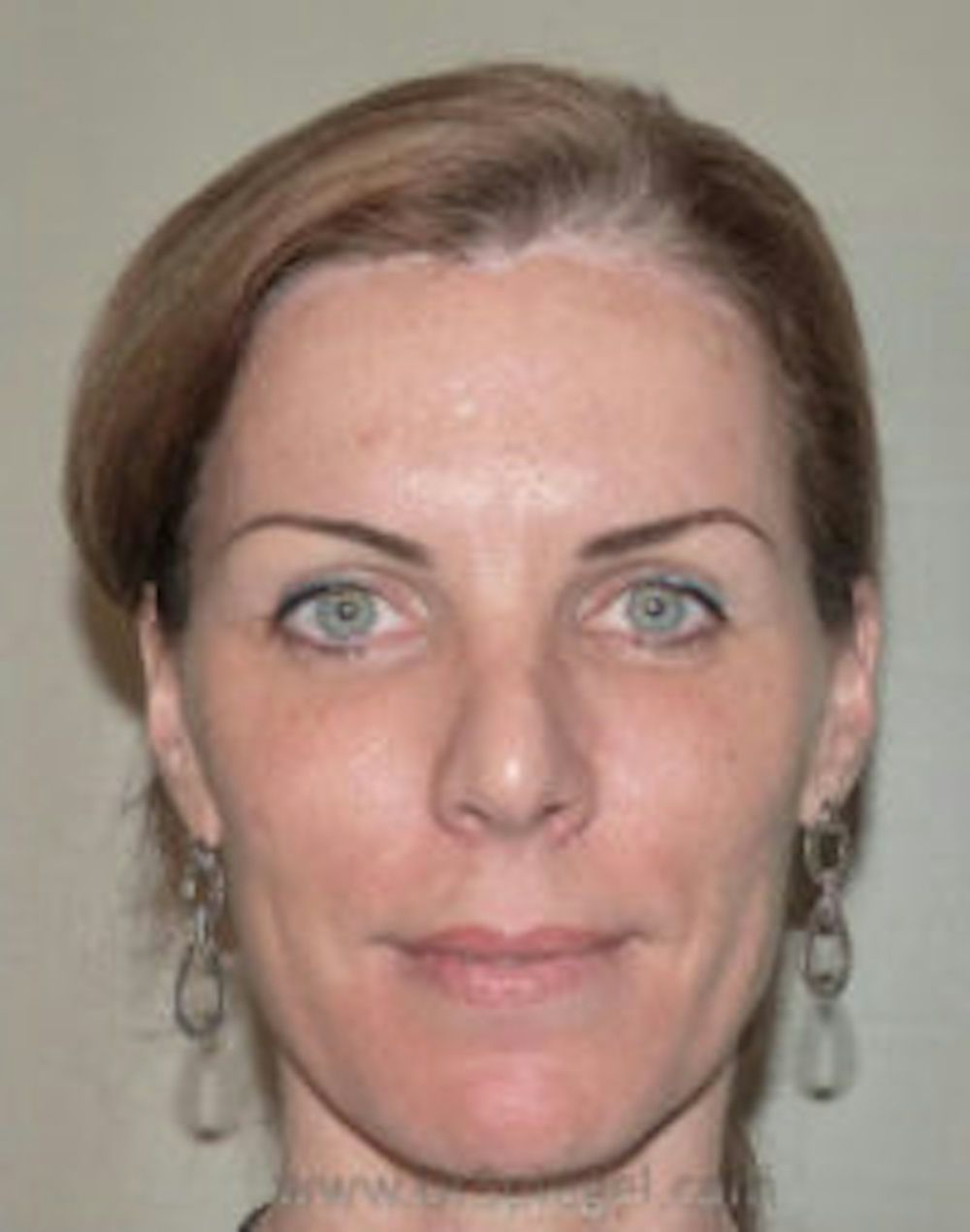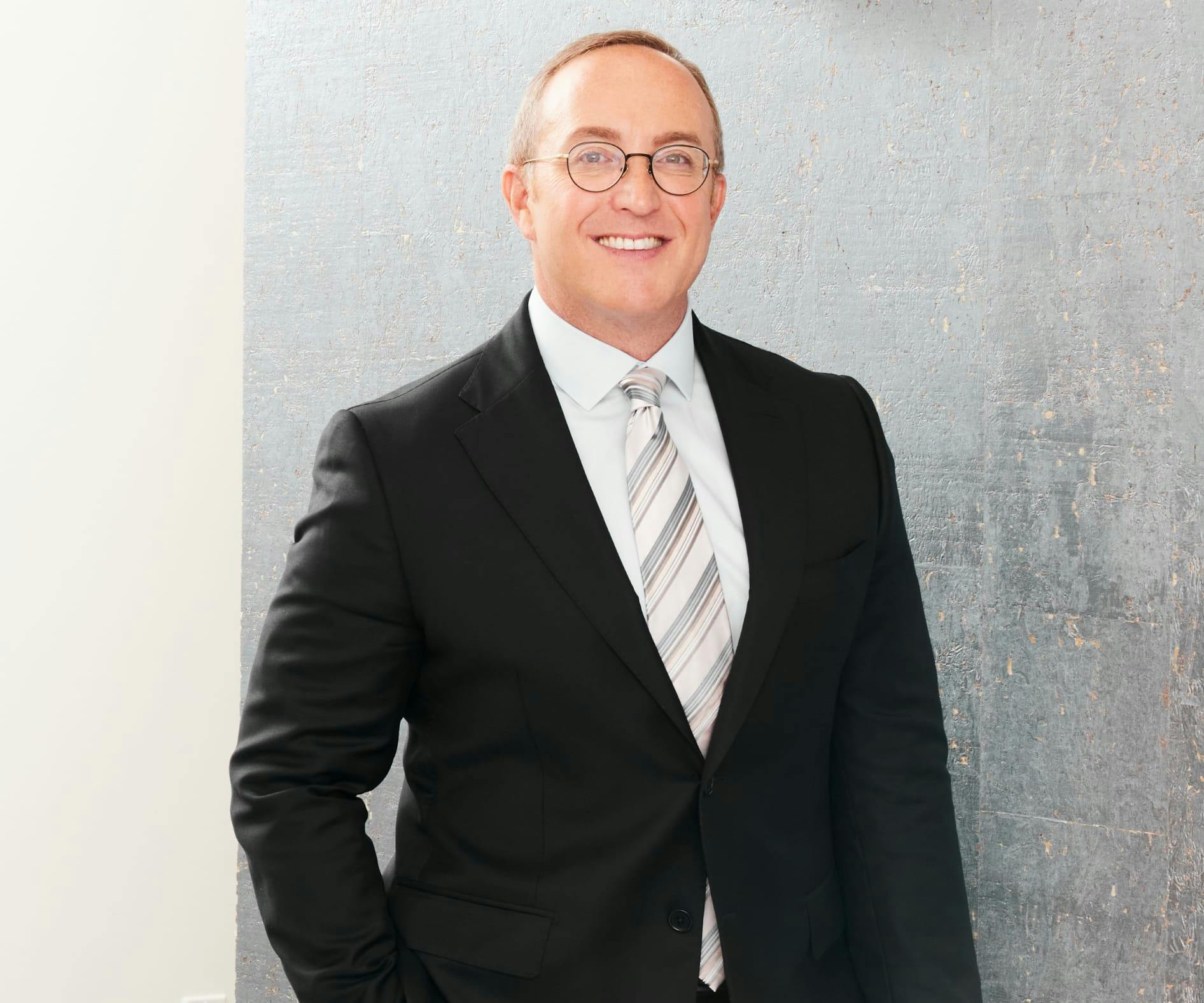A beautiful, youthful hairline is attractive on both men and women. Many people contact The Spiegel Center to achieve a more balanced and good-looking hairline that compliments the overall face shape that keeps them looking young.
What is Scalp Advancement?
A fine incision is made along the hairline from temple to temple. The incision is done in front of the hairline so that we can preserve all of the hair you have while advancing the scalp and hairline to a more attractive position. The incision mimics that of a natural hairline so that it will fade away after surgery. At this point, we can to shape the hairline by advancing the scalp in areas where it is receded. A natural result is obtained with much improved hairline shape and position.
At the same time, we commonly adjust the eyebrows to a natural, but more youthful position in relation to the new forehead – although this is not required. The look is subtle and not overly pulled; rather it gives patients a beautiful result highlighting their eyes and new, smooth forehead with a lower, natural-looking hairline. Following surgery, a soft dressing is placed around the forehead and left in position overnight. The dressing is then replaced with an ace bandage for 7 days after surgery.
The bandage reduces swelling and helps protect the area. You will not need any overnight stay and can return home or to your hotel shortly after the procedure. Pain is commonly mild and well-managed with prescription pain medication. Showering and gentle washing of the hair are permissible but must be done with care. It is important to towel dry and comb your hair towards the incision line (so as not to stretch it) and to only use a blow-dryer on the “cool” setting (unheated).





